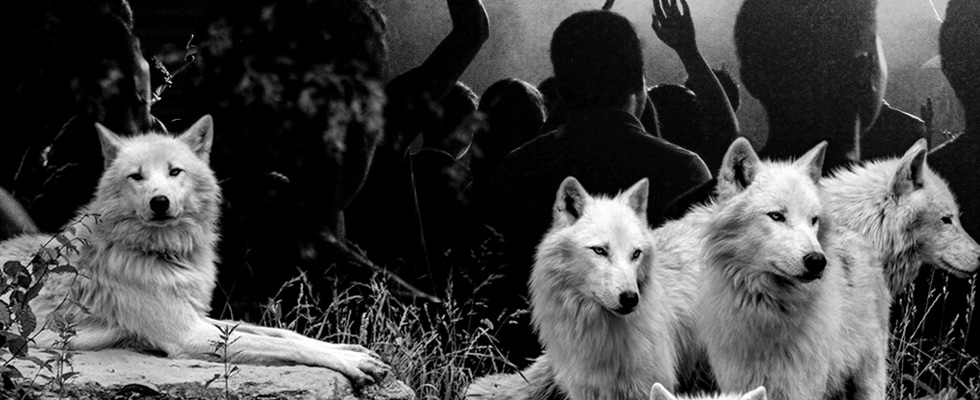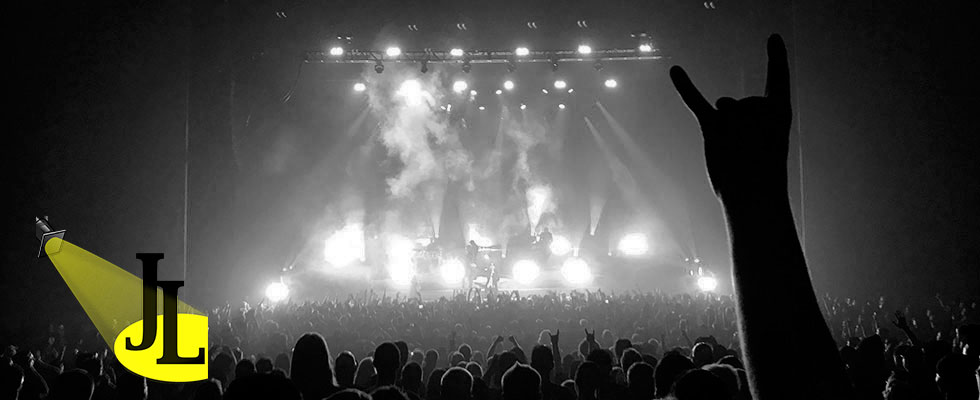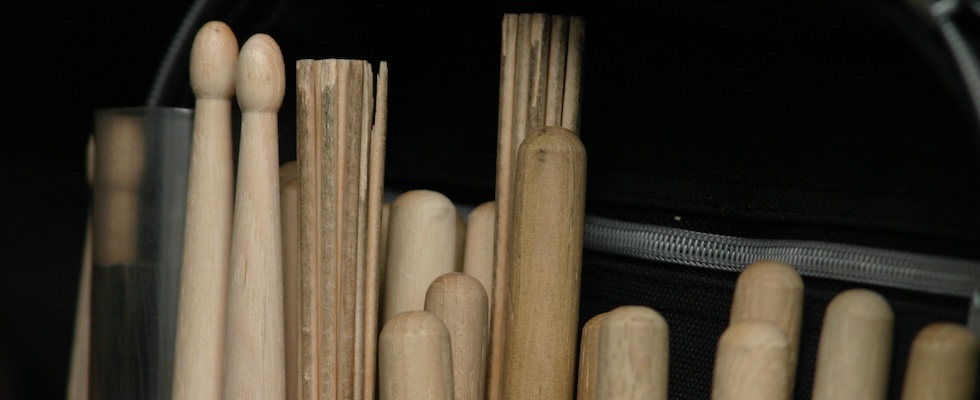When you break them down to their basic economic form, concert tickets are just like stocks – a limited commodity that can be traded based on the perceived worth of the market. This phenomenon has become much more apparent after the industry was shuttered for two years thanks to COVID. Some fans who had purchased seats for a reasonable price (when the market was flooded with options) and sat on those tickets have watched their values go through the roof. For example, my mom had purchased three seats in the nosebleeds (200 section) to see Elton John at the Amway Center in Orlando over two years ago for just under $400. She decided to sit on those tickets and when I wanted to join my family for the show a few months prior to curtains, a single ticket cost more than what she paid for three. I guess you would say the price – tripled.
We all know that because there are only “X” amount of seats for a show demand easily takes over price. Scalpers certainly get it and have made a fortune off that supply/demand misbalance for years. This practice has received a steroid shot thanks to technology. Today’s scalpers use everything from technology-backed brute force to gobble up blocks of tickets to machine learning algorithms that automatically price, buy, hold, and sell tickets. This has increased the speed at which tickets can be turned over and with that, the price usually goes up.
Interestingly, similar technology is used in the stock market. Bots and electronic funds transfers allow companies to price, hold, and sell ownership of publically traded companies at blazing speed. Research into stock pricing will reveal that much of this action is the result of consumer behavior. Digital tools such as the Relative Strength Index (RSI) is used to gauge the momentum of a stock while the MACD tells us in which direction the price is likely to go. Oscillators, moving averages, and overall technical analysis are all used to tell Skynet when to buy or sell stocks. The one thing nearly all of these equations and the technology that fuels them share is they are built on how consumers collectively behave as the availability (or perceived availability) of a commodity changes. The same thing happens with concerts. Ultimately, the price of an event is dictated by how much a cluster of consumers is willing to pay to get in a show.
Unlike traditional stocks which can last into infinity if the company stays afloat. Concerts and events have a limited shelf life and as that performance gets closer time becomes a problem. Once again, we find a similarity between the stock market and the ticket market. This time it comes in the form of options trading.
In its simplest form, options trading gives the buyer the “option” to purchase “X” amount of shares of a company before a pre-determined date. The buyer pays a premium for this benefit. For instance, if John thinks Widget Inc’s stocks, currently trading at $50 per share, will trade at $100 per share in two months. He gives his broker a fee (let’s say $200 in this case) for the “option” to buy those stocks anytime between today and a pre-set day two months from now for $50 per share. If the stocks jump to $100 a share, John can execute his option and double his money. However, if that date arrives and John does not execute his option. He will lose the $200 he paid. The impact of that elapsed time is measured by Theta in options trading and it plays a very important role in how premiums are priced.
Theta also exists in the ticketing world but it is widely dependent on consumer demand on a show-by-show basis. If that demand is huge (say a superstar’s farewell performance), Theta can mean more profit for the re-seller. In some instances, it can even push the demand curve straight up as the strike (event) date approaches. Consequently, if that demand is weak, it can reduce the profit for the re-seller, sometimes to the point of a loss if they are afraid the tickets won’t sell before the date and become worthless. After all, it is best to make some money than no money… right?
This can be beneficial for fans who live near a venue. For instance, I live just fifteen minutes from where Elton played here in Orlando and I watched ticket prices daily. Roughly two days before the show, I was able to secure amazing floor seats for the single price of one of my mom’s nosebleed seats when she bought them pre-pandemic.
The thing to keep in mind is that just like stocks/ options the concept of time until the show represents an inherent risk to your ticket price. If you want to attend that special event, it is typically best to buy tickets as close to their initial sale date as possible (being a member of a fan club can be worth its weight in gold for times like these). Otherwise, you will likely enter the ticketing options game where Theta could become your best friend or worse enemy.







